7 Tips on How to Optimize Your Website for a Successful Facebook Ad Campaign
Reading Time: 8 min
We recommend that you optimize your website BEFORE you create another Facebook ad. This will ensure new visitors from your campaign stick around to learn more about your brand!
This article is Part 2 of 3 in our guide to How to Run a Super-Successful Facebook Ads Sales Campaign | Online Advertising Tips.
Visitors expect an excellent user experience, great landing pages, and expect you’ve put in more work on your website than the ads you create.
To make sure you’re checking off all the boxes, follow these seven tips to optimize your website so you can supercharge the success of your next Facebook ads campaign!
How to optimize your website to boost success of Facebook ads
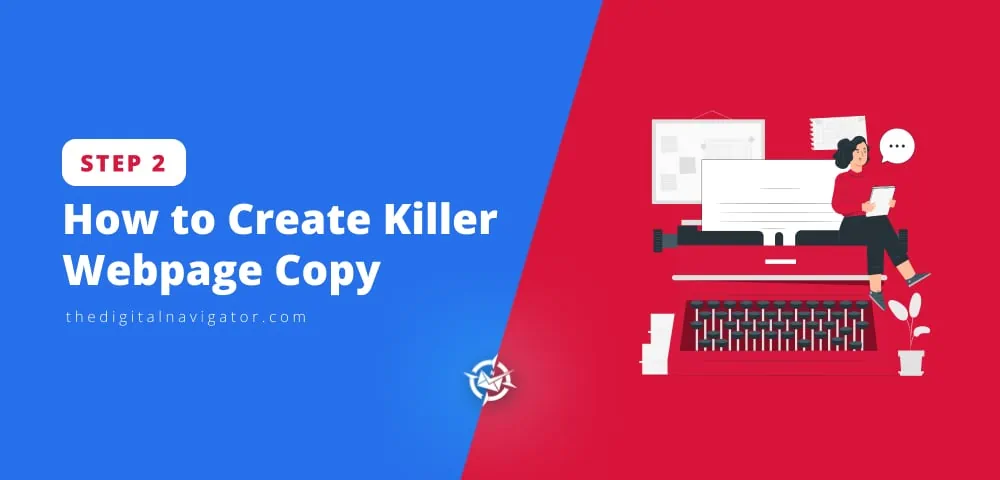
Table Of Content
- Introduction
- How to optimize your website to boost success of Facebook ads
- 1. Ensure Consistent Branding
- 2. Create Successful Landing Page
- 3. Set up Key Pages for the Entire Website
- 4. Prioritize Nurturing Long-term Leads
- 5. How to Create a Successful Lead Capture Form
- 6. Improve Website Security
- 7. Use a Content Delivery Network
- Bonus: Install and Setup Facebook Pixel
- How to Run a Successful Facebook Ads Campaign
- FAQ
1. Ensure Consistent Branding
When you create an ad campaign through Facebook, it is important to make sure that the ads you create match the branding you already have on your website.
You don’t want to phrase things one way in your ad, and then have different copy, images, or branding on your website: this will leave new leads confused, and may cause them to bounce.
What this means is that you will need to make sure you have strong branding copy and phrasing on your website, which you can then use to inspire your ads, not the other way around.
Keep in mind here, that the copy that you write for your ads should be as relevant as possible to the products or services you offer. You should also keep the ads short.
Short and snappy ads are more likely to catch users’ eyes as they scroll.
To help ensure consistent branding between your ads and your website, we recommend building a customer avatar–which is a vision of your target audience in a more individual form.
Use the customer avatar to streamline the themes, voice, and structure of the copy on your blog.
2. Create Successful Landing Page
The landing pages you use in your Facebook Ads campaigns need to be in tip-top shape to actually make the sale.
That means the landing page itself needs to be visually compelling and full of great content.
If your landing page is boring or doesn’t offer enough useful information, people will click away, reducing the usefulness of the ad that got them there.
Basically, they need to have clear, compelling copy, and have the right visual elements that are going to grab users’ attention. For Facebook Ad campaigns specifically, your landing page should…
- Have several call to action buttons throughout
- Emphasize the benefits of your product or service with icons, blurbs, checklists, and fontawesome.com icons
- Include a basic bio to enhance the credibility of your brand
- Include testimonials from other happy customers
Most importantly though, you want to make sure your landing page has a clear headline and tagline right at the top of the page, since about 80% of your leads will make a purchasing decision without even scrolling down the page.
That said, it’s also important to make sure that your Facebook landing pages are optimized for mobile. We recommend testing out your landing pages on different mobile devices to make sure they work well for users on the go.
You can also test different landing page formats to find the best ones for your business. This is especially important if you are running ads on Facebook that are a bit more promotional than your usual business ad.
You can do this by creating different ad sets that target different user groups and testing them out to see which ones work best for you.
Here are a few other tips to get a high-converting landing page:
- Your landing pages should not include a bunch of text. You want to make it as easy as possible for your visitors to convert.
- The copy you use on your landing pages should be about the specific product or service you want to advertise, not about your brand as a whole.
- Don’t try to be too cute with your copy on your landing pages. They’re a place where you want to be direct and clear, not cute and quirky.
When you’re creating your landing pages, we recommend using our high-converting landing page checklist. It’s the guide we use whenever we create a landing page for any of our clients; just click the link below for your copy.
3. Set up Key Pages for the Entire Website
So, how do you know if your website is functioning in a way that the leads from your Facebook ad campaign expect?
There’s nothing worse than someone clicking through an ad to your site only to click to the wrong area for what you’re promoting.
Not only is your potential lead confused and will bounce, but that confusion can cause a lot of user friction.
Our recommendation? Set up a heatmap for the pages that are a part of your FB ads campaign, as well as the key pages you expect users to interact with from there.
A heatmap is a visual representation of where every single visitor travels on your website. By utilizing a heatmap on your site, you’re able to see just how users navigate on your site.
That way you can ask questions like, are visitors clicking your “Schedule consultation” button? Or are they traveling left or right, up or down to something else that catches their eye?
At its core, a heatmap allows you to see what’s working on your site as far as attracting potential leads and what’s not working.
The information obtained from a heatmap may show you how users are missing out on that great piece of content you put at the top of the page as they scroll right past.
If you’ve got all of this traffic coming to your site and nobody is seeing your offer, you’ve just wasted time, energy, and money running those ads.
Using the information collected from the heatmap, we can come up with a strategy to find better placement for your offer buttons.
We can also recommend fonts and text sizes that help attract the user’s eye when they click-through from your Facebook ad.
In short, positioning your offer based on the data from the heatmap sets your campaign up for optimal success.
4. Prioritize Nurturing Long-term Leads
When you create a landing page that will be promoted through your next Facebook Ad campaign, you want to optimize that page for leads–not just ‘landing page views’.
Simple views or clicks don’t necessarily mean your funnel is successful, they just mean your ad was catchy.
The way to do this is to create a lead magnet on your landing page. Remember, this is not to get the best short-term results from your ads, but to nurture your leads and sales in the long-term.
As well, since most people won’t purchase within the first 90 days, the best ad campaigns are paired with email marketing campaigns that follow up on the success of that initial ad.
In these emails you can share different articles and content that incentivizes customers to visit your sales pages.
5. How to Create a Successful Lead Capture Form
A contact form is a short web-based form published on a website where a visitor can fill out the form and submit it to send a message to the site owner.
Contact forms can be used as lead generators for users to request newsletters, access to free content, or even a personal response from the business.
Having a clear contact form is an important and a necessary step for businesses to connect with their customers.
If the process is broken or too cumbersome, many users will abandon the contact form and close out of the site resulting in lost leads.
In short, a lead capture form is what goes on the landing page to ensure you make a meaningful connection with those who click-through from your Facebook Ad campaign.
You just need to make sure you’re offering something of value to your prospects.
This could be a free ebook, a list of benefits, a lead magnet, or a lead magnet with a free offer.
But the benefit has to be valuable enough to make the prospect want to provide their information.
Plus, if you’re offering a lead magnet, you need to be offering something that’s unique to you.
Most of the time the form you will create simply asks for a name or email–then this information gets entered into your email system, and in return you can offer an additional piece of content or bonus material to get them to stick around on your site longer.
In our experience, creating a button on the landing page that opens a pop-up form they can fill out is the most effective way to create a successful lead capture form.
To ensure you’re creating the best possible lead capture forum, we’ve created a free, on-demand masterclass to give you a leg up on your competitors when it comes to generating meaningful leads from your Facebook Ad campaigns.
6. Improve Website Security

When it comes to website security, you want to create trust with your potential leads by providing a safe and secure browsing experience for your users.
If your site is vulnerable to security breaches, there is less likelihood that a potential customer will feel compelled to make a credit card payment or even share their personal information on your website.
If you’re investing resources into a Facebook campaign, it’s foolhardy to send anyone who clicks on your ad to an unsecured, slow, and convoluted website when you’re wanting users to engage and do business with you.
Thus, if you don’t have great security, the Facebook ad you created will fail in the eyes of those who prefer websites they can trust.
You can achieve website security by going through steps such as obtaining a secure sockets layer (SSL) website security certificate.
This not only lets users know that the information they enter on the website is safe and secure, but it also means that if the information is received by an unintended recipient, they would not be able to read it.
Moreover, a website that has a SSL certificate reassures users that your website is updated and authentic.
7. Use a Content Delivery Network
A content delivery network (CDN) is essential for anybody doing business out of their local area, as it provides the best experience for all visitors to your website.
In simple terms, a CDN is a geographically distributed network of proxy servers that delivers your website content (aka the text, files, software, videos, images, etc on your site) in the quickest way possible, no matter where in the world your visitors are coming from.
For instance, if the server hosting your website is located in a region that is geographically thousands of miles away from the user, it is possible that they may see increased loading times. In the bigger scope, a CDN helps alleviate any bottlenecks in the distribution of data.
Most businesses are not even aware that their server fees don’t include a CDN and therefore are unable to handle traffic as visitors come from all over the world.
Learn more about the benefits of CDNs in this article.
Many of the inexpensive hosting programs out there, that run $6 to $12 per month, provide you with only one server. Why is this concerning?
Well, if that server is located in Texas and your website visitor is located in Europe or even in California, it is likely that the website content will load much slower in Europe and California than it will closer to home.
For example, we work with some Peruvian Incan Leaders that provide courses to subscribers located across the globe.
If they have a subscriber in Africa or Europe or even the US, each of their subscribers has the same great experience with the course content because they use a Content Delivery Network.
Therefore, a CDN helps to ensure your website visitors receive the quickest load times no matter where they are located around the globe.
Why does a CDN matter for my Facebook Ad Campaign?
Basically, if you’re expanding your ad campaign to reach beyond the geographical parameters of your server’s capabilities, not all users will likely be able to have a great experience on your site equally, and your Ad campaign won’t gain as many essential leads.
All this is super important as you want the people seeing your ads to have a fast experience. Even the US is broad so you need this unless you are targeting people in only the state where your server is hosted.
Bonus: Install and Setup Facebook Pixel
HINT: THIS IS THE MOST IMPORTANT STEP ON THIS LIST!
When you are running Facebook campaigns to boost your reach and traffic to your website, it is essential that you use Facebook Pixel. This is true even if you already have an analytics tool like Google or private analytics.
Why? Because Facebook pixel allows you to measure the effectiveness of your advertising by understanding the actions people take on your website.
While regular analytics have metrics on what people are doing on your website, Facebook Pixel shows you data on which ads are working, and for what audiences.
In short, Facebook Pixel helps you optimize every aspect of the Facebook campaigns you create, since you’ll have real-time data on how each of your campaigns performed, and what people did once they clicked on your ad.
Facebook’s pixel program is also used to:
- Ensure your ads are targeted to the right people: or people who have visited a specific page or taken a desired action on your website.
- Drive more sales: you can do things like set up automatic bidding to reach people who are more likely to make a purchase or appointment.
- Tracking ads’ results: get better insights into the impact of your ads by measuring what happens when people see them.
The biggest advantage to using Facebook Pixel is that you will ensure your ads are compliant with legislation so you avoid getting banned, or incurring fines.
A lot of the failures the clients who come to us experience end up being due to their not setting up Pixel for, say, the right type of conversion event.
How to Set Up Facebook Pixel for Security Compliance
While we recommend that you use a developer who knows how to do this process in compliance with privacy laws, here are the basics of how to use Facebook Pixel to help with security compliance:
- Implement a privacy management solution (such as private analytics) which gives you the option to cater to certain regional privacy laws, which also gives you the rights to disable and enable specific functionalities.
- Setup your Facebook Pixel tracking code for View events either in the privacy management solution or in a Tag Manager section. Ensure this is removed when people revoke consent.
- Setup the Facebook Pixel tracking code for the specified conversion event, for example Leads, in your Tag Manager solution when people have given consent (or automatically applied where not required). Again, allow people to remove consent where required.
- Test the pages you plan to link using the Chrome Facebook Pixel Helper extension.
How to Run a Successful Facebook Ads Campaign
Alright! Now that your website is in tip-top shape, it’s time to make an incredible Facebook ads campaign that your customers won’t forget!
The next and final step in this article series is therefore how to run a successful Facebook ads campaign so you can decrease overall ad spend, and get big returns on all your marketing investments.
In the meantime, if you’re still looking to chat with someone directly about optimizing your marketing efforts, The Digital Navigator is always available to chat. Just click the button below to schedule a consultation and we’ll get back to you right away.
This article is Part 2 of 3 in our guide to How to Run a Super-Successful Facebook Ads Sales Campaign | Online Advertising Tips. Once you’re finished reading, skip to Part 3: 5 Expert Tips to Run a Successful Facebook Ad Campaign, or go back to read what you missed in Part 1: Why You Should Choose FaceBook for your Next Ads Campaign.


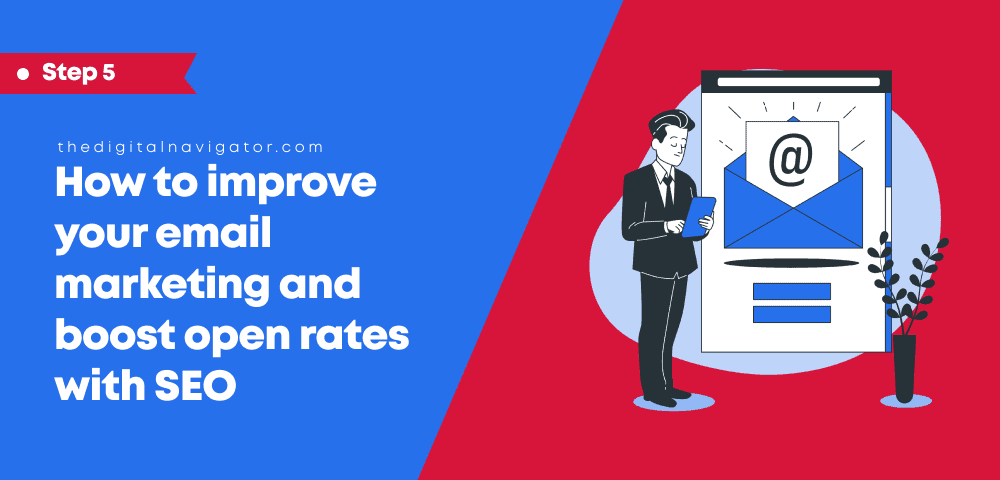
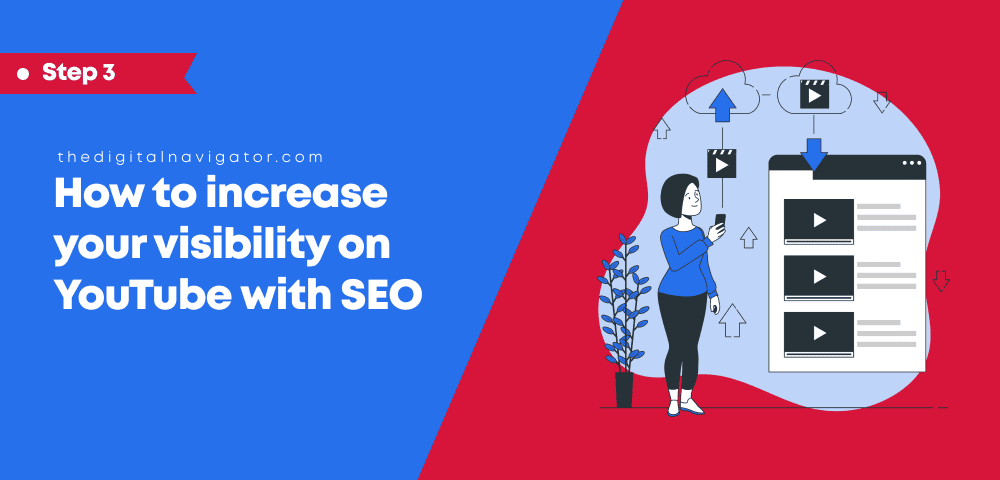
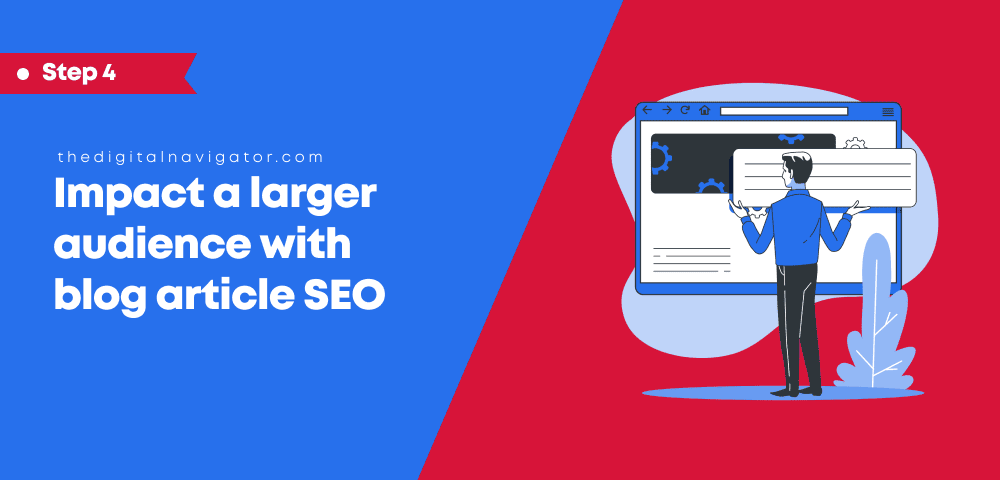
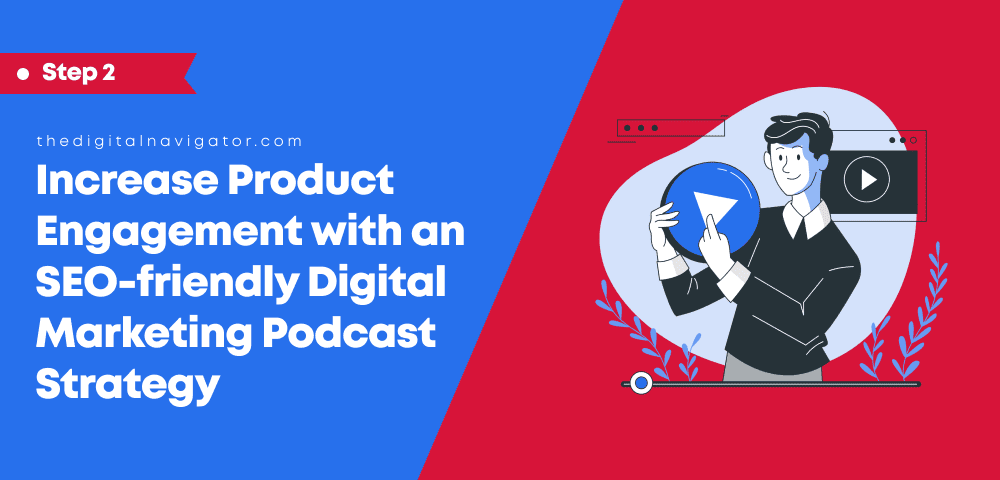

0 Comments